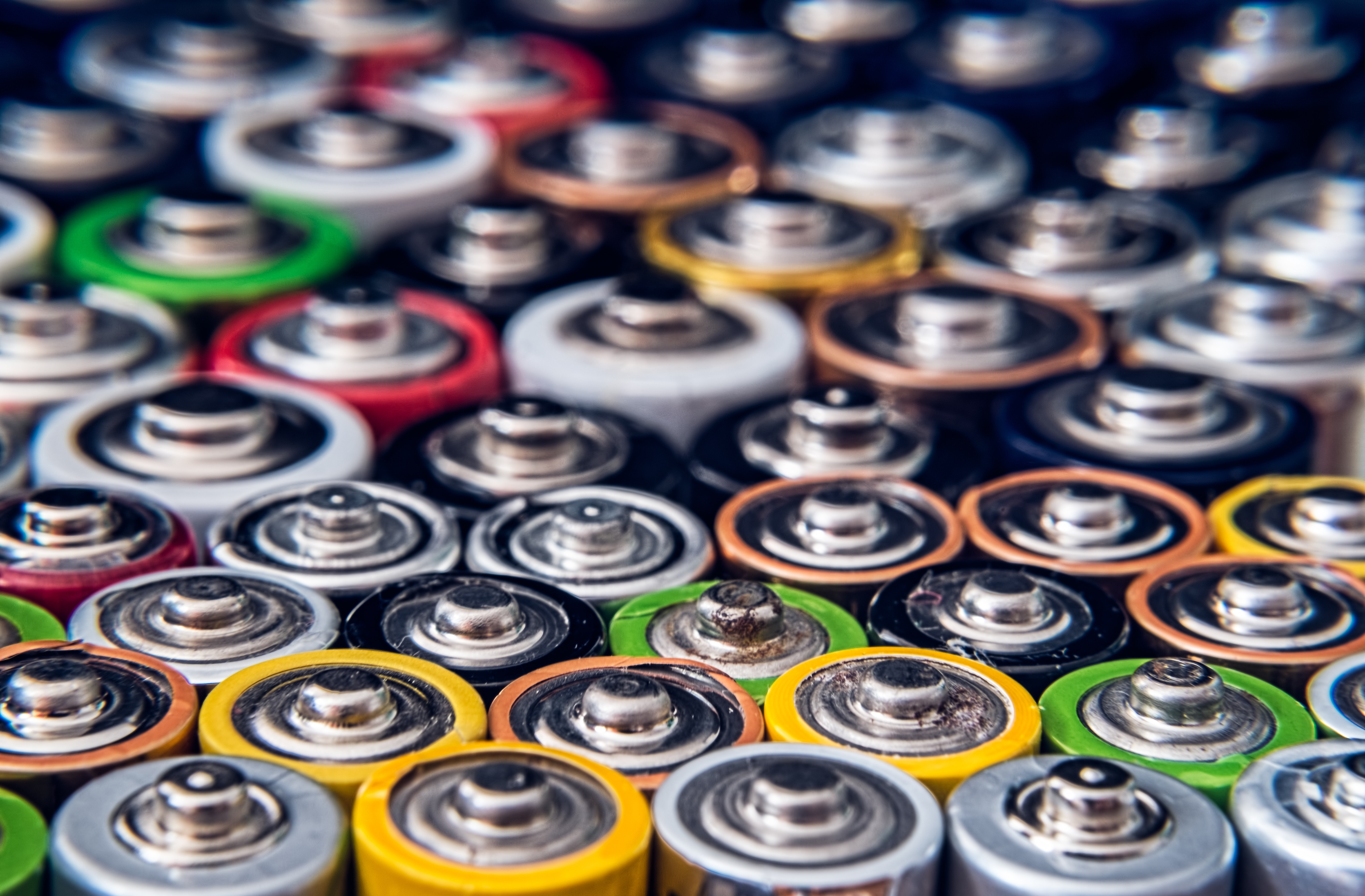introduction
In the dynamic world of energy storage, lithium batteries have emerged as the frontrunners, revolutionizing the way we power our devices, vehicles, and even homes. We believe it’s crucial to provide insights into the competitive landscape of various battery technologies, not just our own. In this blog post, we will explore the strengths and weaknesses of different battery technologies and shed light on why lithium batteries stand out as the preferred choice in today’s market.
- Lithium-ion Batteries: The Gold Standard
Lithium-ion batteries have become the gold standard in the energy storage industry, and for good reason. Their high energy density, longer cycle life, and lightweight design make them the go-to choice for everything from smartphones to electric vehicles. The continuous research and development in lithium-ion technology have led to improvements in safety, efficiency, and cost-effectiveness, maintaining their dominance in the market.
- Nickel-Metal Hydride (NiMH) Batteries: A Legacy Technology
Once the standard for rechargeable batteries, Nickel-Metal Hydride (NiMH) batteries have taken a back seat to lithium-ion technology. While NiMH batteries offer a longer lifespan and are less toxic than their predecessors (Nickel-Cadmium batteries), their lower energy density and heavier weight limit their applications. The legacy of NiMH is overshadowed by the superior performance of lithium-ion batteries in today’s rapidly advancing technological landscape.
- Lead-Acid Batteries: The Workhorse in Traditional Applications
Lead-acid batteries have been the workhorse in traditional applications such as automotive and stationary power systems. However, their heavy weight, lower energy density, and limited cycle life make them less suitable for modern, portable devices and electric vehicles. Despite these limitations, lead-acid batteries continue to play a crucial role in specific industries, particularly where cost and reliability are paramount.
- Solid-State Batteries: The Future Contender
Solid-state batteries represent the next frontier in battery technology. By replacing the liquid electrolyte in traditional lithium-ion batteries with a solid electrolyte, solid-state batteries promise increased safety, higher energy density, and longer cycle life. However, challenges such as manufacturing complexities and cost have slowed their widespread adoption. As the technology matures, solid-state batteries could pose a significant challenge to lithium-ion batteries in the future.
conclusion
At EnergyX, we acknowledge the ever-evolving landscape of battery technologies. While alternatives like NiMH and lead-acid batteries still find applications in specific niches, lithium-ion batteries continue to dominate the market, providing unparalleled performance and versatility.
Looking ahead, the emergence of solid-state batteries signifies a potential shift in the industry. However, it’s clear that lithium batteries, with their proven track record, will remain at the forefront of innovation and advancement. As technology continues to evolve, we are committed to pushing the boundaries of lithium battery capabilities, ensuring that our customers benefit from the latest advancements in energy storage solutions.

